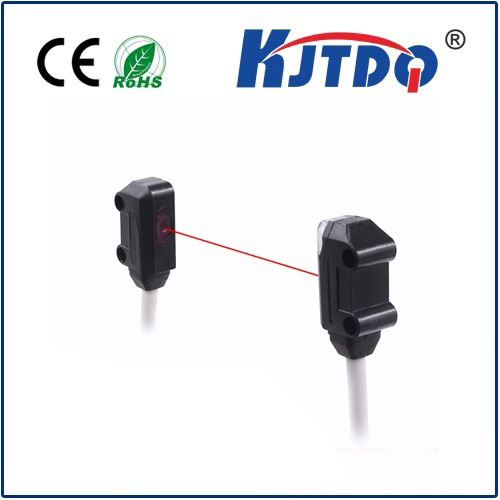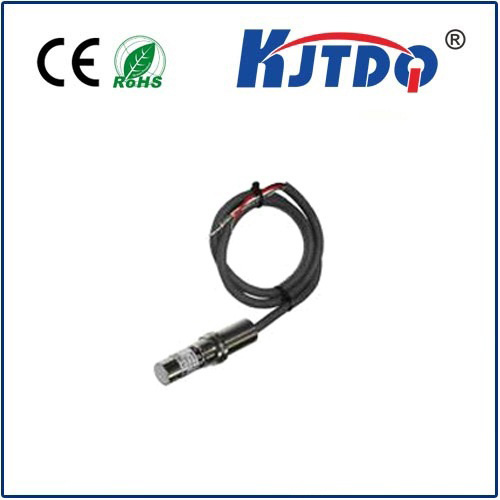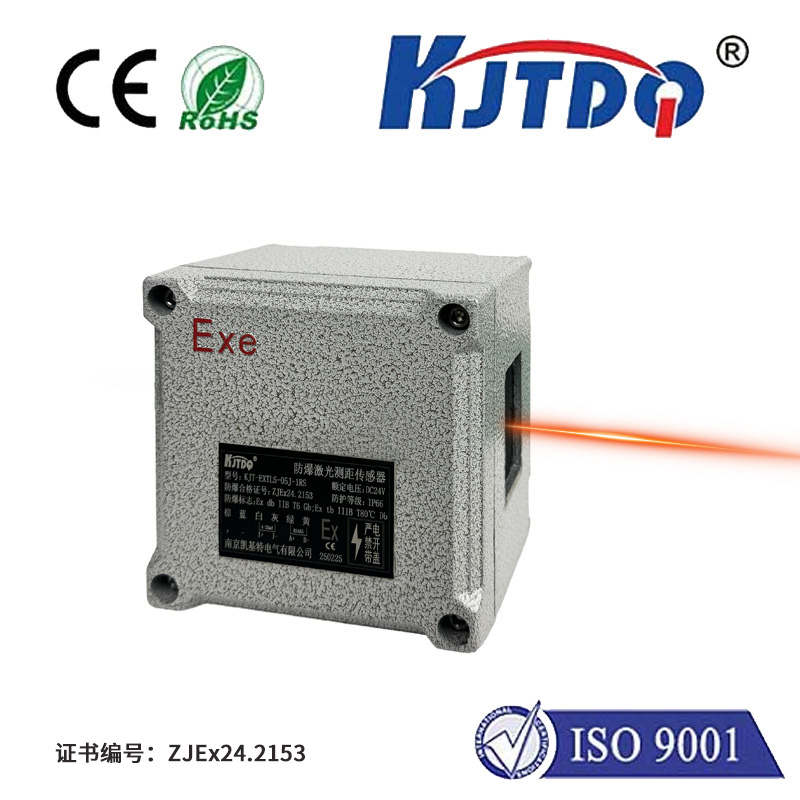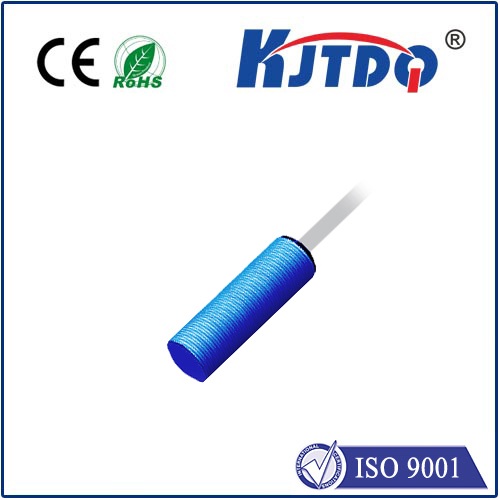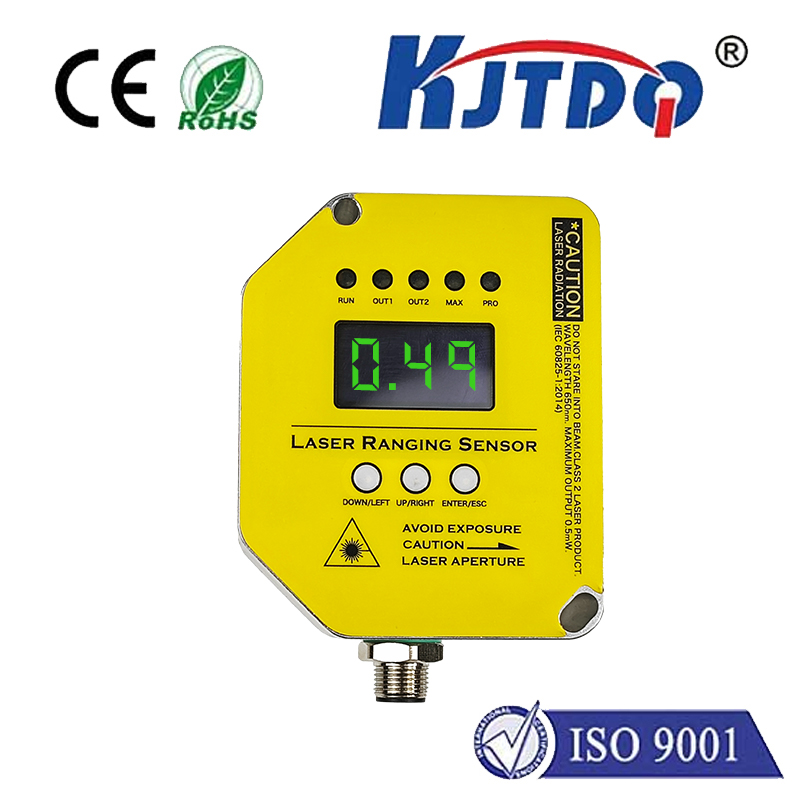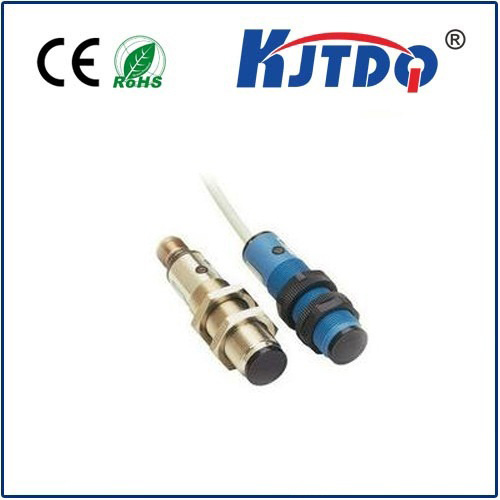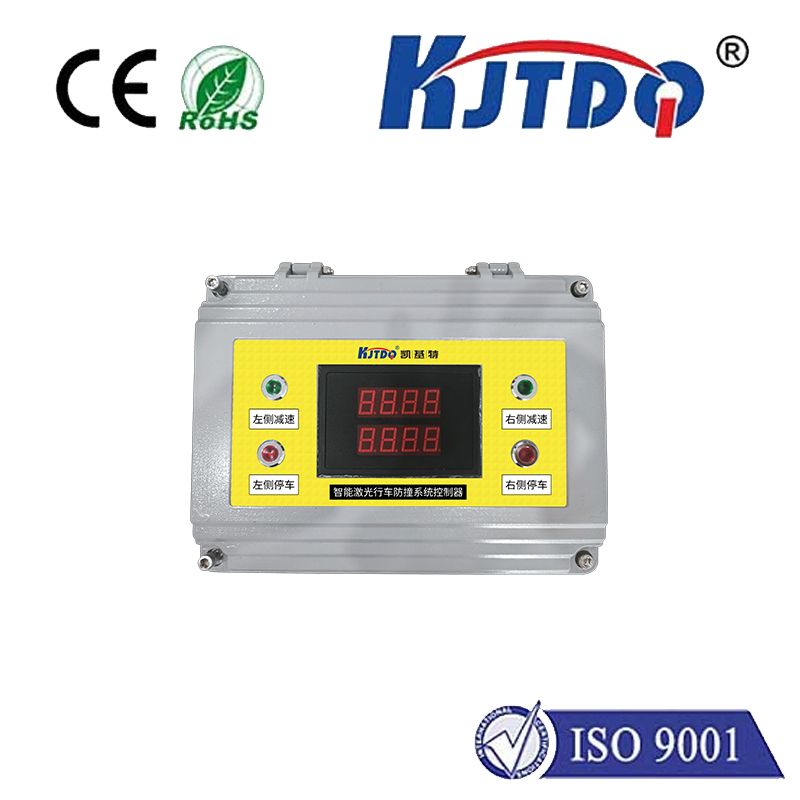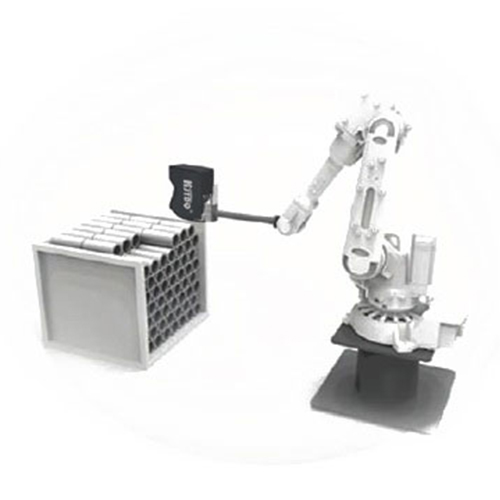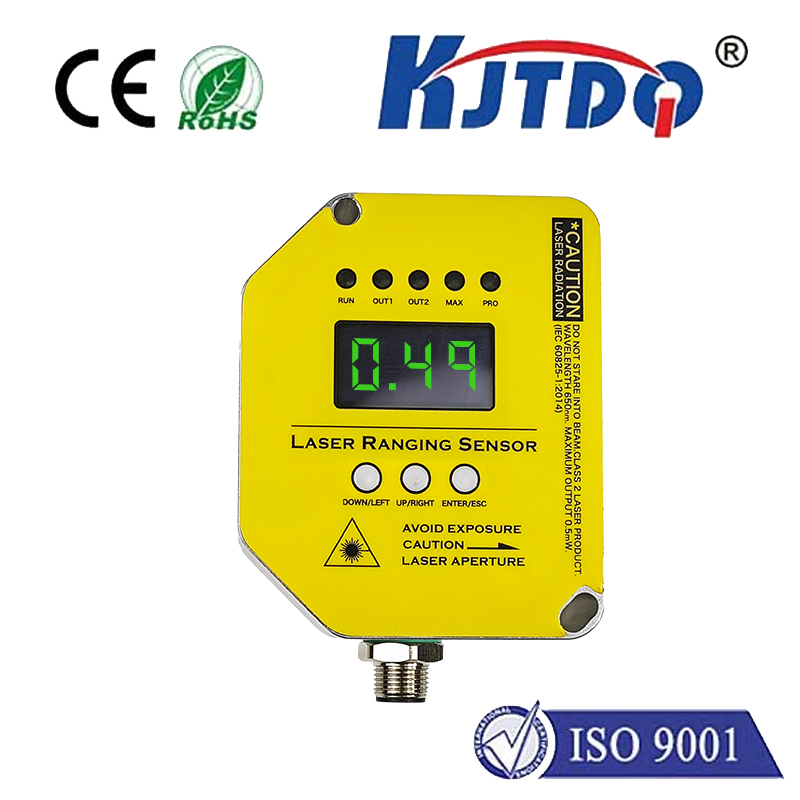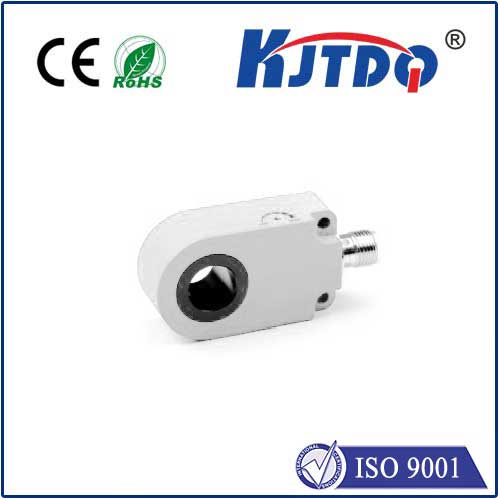

check

check

check

check

check

check

check

check

check

check
Body:
Auto proximity sensors, also known as auto radar or automatic distance sensor, are a crucial component in modern automotive systems. They play a vital role in ensuring the safety and efficiency of vehicles by providing accurate information about the vehicle's surroundings. This technology has come a long way since its inception in the late 1940s. In this article, we will explore the evolution of auto proximity sensors and their various applications in the automotive industry.
Early Inventions
The idea of using radar technology for proximity detection dates back to World War II when it was first used by the German military for anti-aircraft defense. After the war, scientists began exploring the possibilities of applying radar technology to other areas, including automotive safety. However, due to technical limitations, such as high power consumption and limited range,雷达 sensors remained primarily reserved for military use until the mid-1970s.
The Breakthrough
In 1977, a group of researchers at General Electric (GE) developed a new type of auto proximity sensor that used microwave radiation instead of radio waves. This innovation significantly improved the performance of proximity sensors while reducing their size and power consumption. The new sensor, known as a "long-range" radar sensor, paved the way for future advancements in the field.
Modern Innovations
Over the years, auto proximity sensors have undergone significant improvements, thanks to ongoing research and development in materials science, imaging techniques, and wireless communication technology. Today's proximity sensors are smaller, more accurate, and can detect objects from greater distances than ever before. Some common types include ultrasonic, laser, and optical sensors.
Applications in Automotive Systems
Proximity sensors are now widely used in various automotive systems, including:
1. Parking assistance: These sensors help drivers locate available parking positions by detecting objects nearby when the car is moving.
2. Blind spot monitoring: By sensing objects in blind spots on either side of the vehicle, these sensors alert drivers to potential hazards.
3. Reconnaissance cameras: These cameras incorporate proximity sensors to automatically adjust their focus when objects are detected nearby.
4. Lane departure warning: When the car begins to drift out of its designated lane, proximity sensors detect objects outside the vehicle and send a signal to the onboard computer.
5. Emergency brake system: These sensors monitor objects around the car and provide early warning signs of potential collisions, allowing drivers to react quickly to avoid accidents.
Conclusion
The evolution of auto proximity sensors has been marked by numerous breakthroughs and innovations that have significantly improved their performance and reliability. As technology continues to advance, it is likely that these sensors will become even more integrated into automotive systems, enhancing safety and efficiency on our roads.
